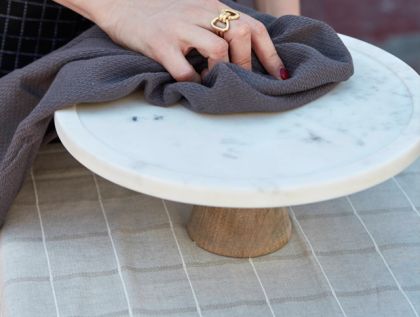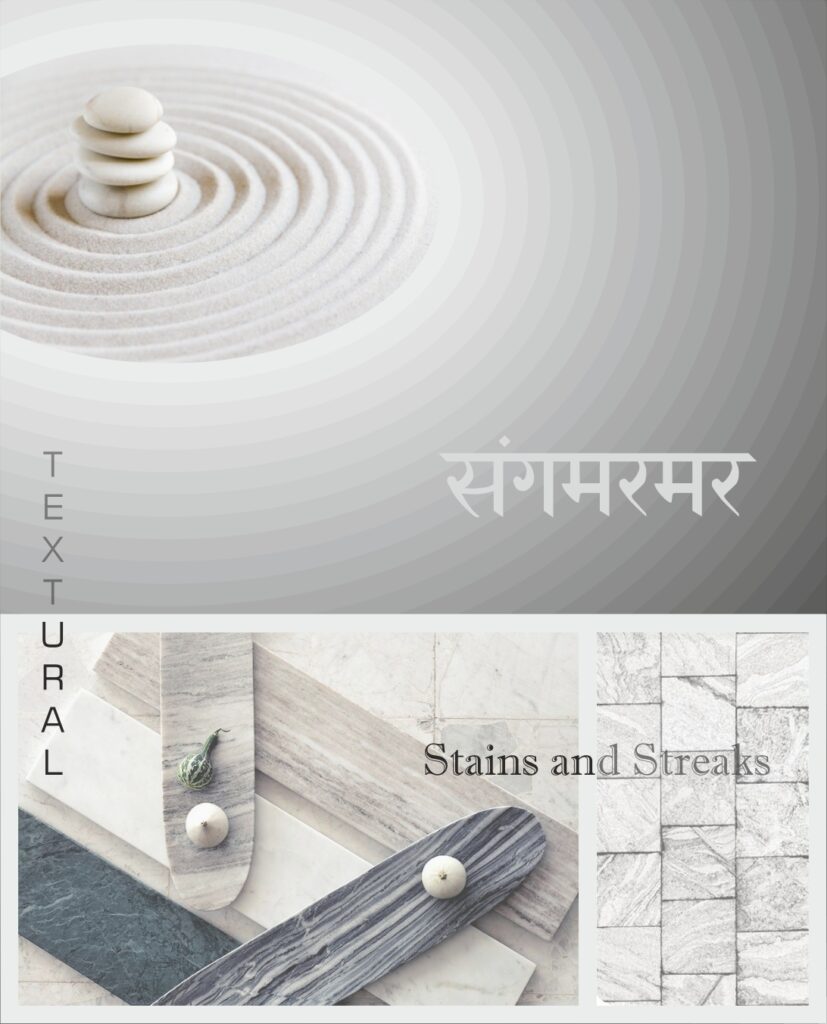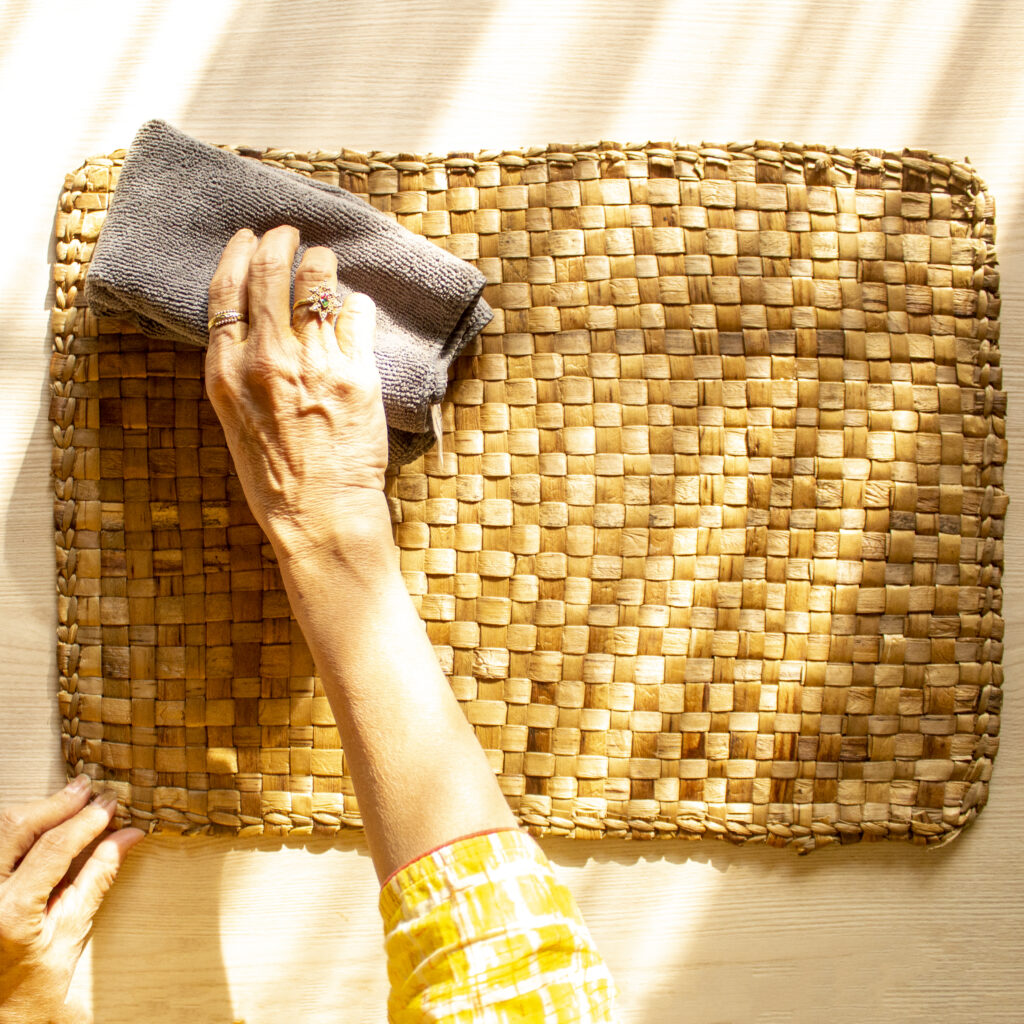
- To clean dust and tiny spills from your marbleware, use a soft cloth and a little warm water. If you scrub the marbleware, it will cause scratches on the surface of the same. Run the cloth over the surface in a circular motion in the areas that require more pressure.
- Marble stains easily, especially if a liquid is left untreated for an extended period of time. Clean up any spilled beverages like wine, juice, etc. as soon as possible.
- Avoid leaving pools of water on your marbleware, since this may result in a discoloration. After cleaning, use a second dry, soft towel to dry the surfaces. If dust or other debris has gathered on your marbleware, dilute a gentle dish soap in a little warm water and clean your marble surfaces with a delicate cloth.
- One should never use vinegar as a cleaning agent on marble. Although vinegar is a fantastic natural cleaning agent for many surfaces, its acidity can cause marble to erode.
- A chamois cloth is a soft fabric that may be used to both dry and polish your marble. This is the gentlest method for shining your marble.
- For scratches, gently wipe the scratch with warm water and a soft cloth. This procedure should remove minor scratches and is the gentlest way to treat a scratch.
- If desired, add mild dish soap to the warm water to increase friction. When you’re finished, wipe away the soapy water and dry the marble’s surface.
Material - Technique - Crafter

The classical cultural stonework is akin to an architectural extension. It is a very rich ancient craft. The knowledge is typically passed down from father to son. Marbles, granites, slates, quartzite, and other rocks are abundant in Rajasthan. As a result, it has become a popular destination for stone carvers. Sculptors have also gained popularity due to the high quality of marbles and sandstones recovered from various mining operations. The marble mines in Makrana, Rajasthan, are well-known. The Taj Mahal, which is considered one of the world’s wonders, was built with marble from Makrana quarries. Brickwork was not used in mediaeval and ancient periods. As a result of the simple availability of stones, architects were able to create many more beautiful forts and sites. Almost every piece in our marble handcraft collection is made by professional artisans using high-quality materials. These are unmatched by any other decorative item.
Rajasthan is recognized for its stone, whether it’s the desert’s exquisite golden-beige sandstone, Kota stone’s famous greenish-blue or brown limestone, or Makrana’s stunning white marble. Marble, slate, sandstone, limestone, and quartzite can all be found in Rajasthan, and the state’s artisans perform some amazing work with them, as evidenced by the state’s finely carved havelis and palaces.


